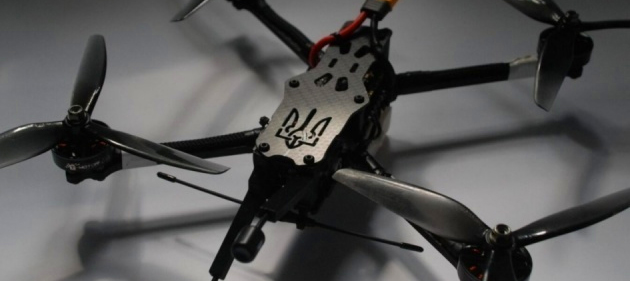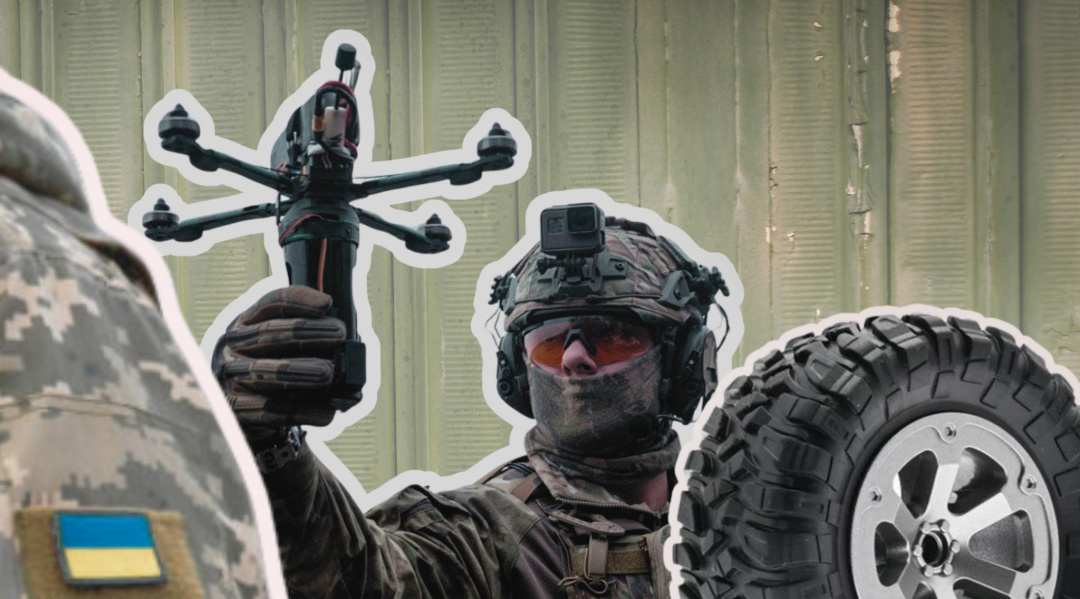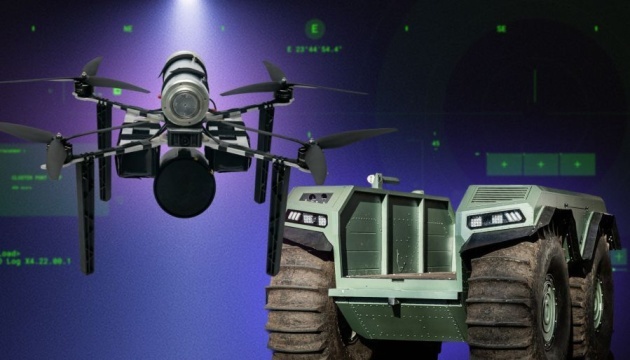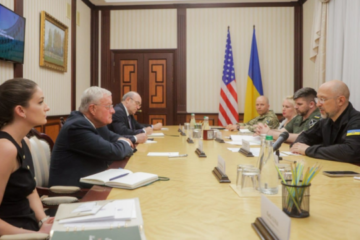The war with Russia has significantly transformed approaches to military operations.
Victory on the battlefield depends, above all, on sound math and the economics of warfare: managing resources effectively, allocating them wisely, and making timely decisions. Two critical — though not exclusive — factors in the evolution of combat operations must be highlighted.
First, the importance of unmanned systems. Today, more than two-thirds of all battlefield strikes are carried out by drones.
Second, the front line stretches over more than 1,100 kilometers.
This leads to a logical challenge: how to ensure uninterrupted and timely delivery of drones to the front lines while maintaining a technological edge? Simply put: how do we ensure that frontline units have enough drones, receive them on time, and that those drones are tailored to the battlefield’s current needs?
Brigade commanders have long asked the President to address this issue systematically. As a result, the initiative was launched in the fall of 2024. But for it to be implemented effectively, research was needed. We surveyed various brigades, identified the typical usage rates for key types of UAVs, and arrived at a monthly figure of 27 million UAH. This was reported to the High Command, and the President approved expanding funding to the necessary level.
Starting in December 2024, units began receiving monthly allocations: 27 million UAH for brigades, 14–16 million UAH for regiments, and 5–6 million UAH for individual battalions, depending on the intensity of combat in their sectors. Now, artillery brigades are also included in the program, each receiving 5 million UAH per month. Currently, 100% of combat units in the Ukrainian Armed Forces participate in the program.

WHAT CAN BE PURCHASED WITH THESE FUNDS?
Mavic drones, FPVs, bomber drones, electronic warfare (EW) systems, and ground robotic platforms — all of which are essential “consumables” in modern technological warfare.
The program has now been running for half a year, with nearly 13 billion UAH allocated to date.
As a result, brigade performance has predictably improved. In March 2025, the total number of strikes across the Armed Forces increased by 40% compared to November 2024.
While many factors influence military effectiveness and it’s difficult to isolate a single decisive one, we clearly see that the impact of this system has been positive.
This uniquely Ukrainian approach has already attracted interest from EU and NATO countries, which rely heavily on centralized procurement.

WHY THE MILITARY NEEDS DECENTRALIZED PROCUREMENT?
The logic is simple: a commander on the ground knows best what is needed and can act quickly and efficiently. This system allows units to address their needs promptly and save government funds.
Since the program’s launch, brigades have learned to manage large budgets independently — navigating state procurement processes, tenders, and specialized online platforms. This has fostered competition among suppliers and enabled the purchase of drones like Mavics at very favorable prices, thus conserving public resources.
A key principle of this approach is stability: when a brigade knows it will receive a fixed monthly budget for drones, it can plan more confidently.
Further modernization of the program is planned.
Monitoring how units spend their funds has shown that a one-size-fits-all financing model needs revision. Additional criteria must be considered.
Those who perform better should receive more. Those with poor results — less. In the future, expanding the list of authorized purchases to include ammunition is also under consideration.
Decentralized procurement is one of Ukraine’s answers to the modern challenges of war. The state’s task is to provide the military with a functional tool — and ensure its proper use.
Efforts to improve centralized procurement are also very important, but that’s a topic for another discussion.

The author’s views may not reflect the official position of the agency
Source: How decentralized procurement in AFU changing war game




